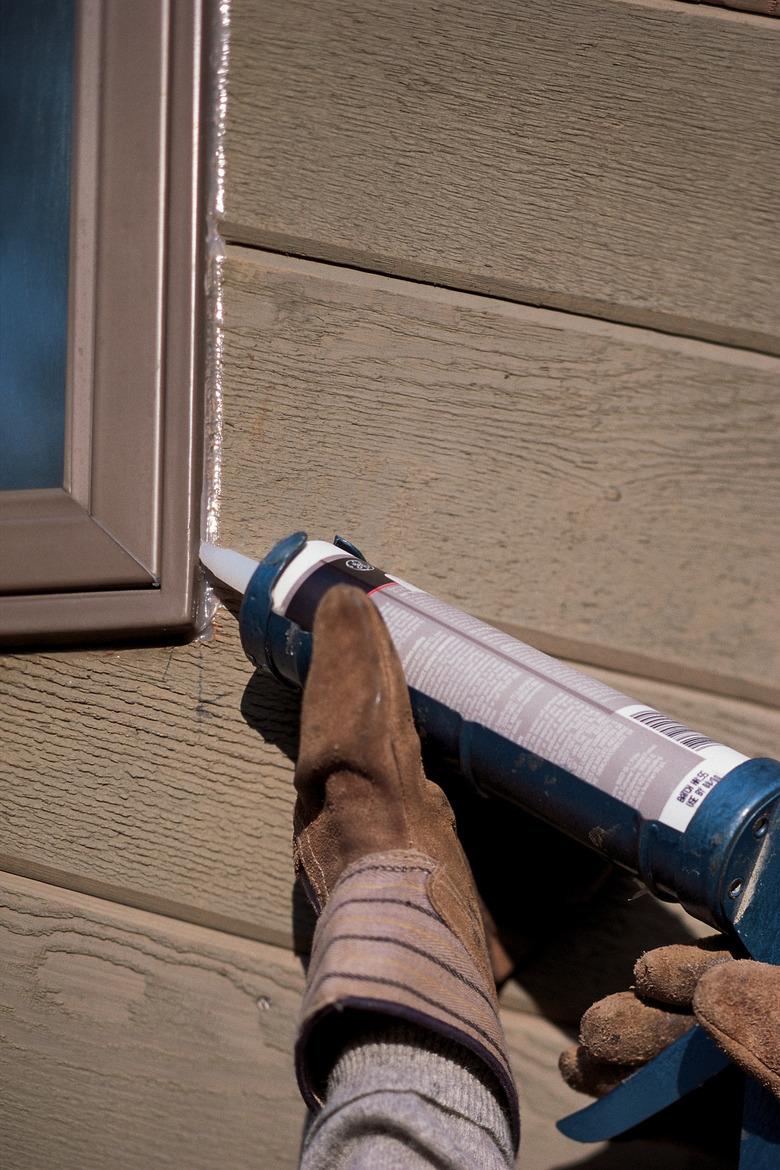What Is The Minimum Temperature For Caulking?
Caulking is the process of filling in cracks with a flexible sealant. Caulk also goes in gaps or joints that are less than a quarter of an inch wide. Windows and door frames are suitable areas for applying caulk so as to prevent air from escaping from your home as well. Caulk additionally goes around outdoor faucets or water pipes to prevent water damage. The minimum temperature for caulking is above freezing in most cases, although special procedures are helpful if you are in a bind and need to apply caulk to an exterior surface during the cold winter season.
Temperature Range
Temperature Range
The ideal temperature for applying caulk to a surface is anywhere between 40 degrees F and 80 degrees F, as these temperatures ensure that the caulk hardens correctly and sticks to your surface adequately. However, a temperature of at least 45 degrees F is recommended, because higher temperatures allow caulk to cure more quickly. In addition, caulk works best when outside weather conditions are dry; too much atmospheric moisture causes the cracks you wish to caulk to swell.
Cold-Temperature Caulking
Cold-Temperature Caulking
Caulking with success is possible at temperatures below 40 degrees F. However, caulk in these conditions — particularly when the temperature is below 32 degrees F — usually does not cure well due in part to frost and ice present on surfaces. In addition, storing water-based caulk above freezing temperatures is critical because it will freeze and become useless.
Cold Weather Information
Cold Weather Information
When applying caulk in temperatures below 32 degrees F, keeping the caulk container at room temperature — about 70 degrees F — for an entire day before applying it outside enables you to squeeze the caulk out more easily. If caulking outside in extremely cold temperatures, such as those below 0 degrees Fahrenheit, using a high performance polyurethane caulking product is effective as well.
Other Cold Temperature Tips
Other Cold Temperature Tips
Applying a solvent such as methyl ethyl ketone to your caulking surface, following the manufacturer's instructions, also removes ice and other substances that potentially prevent your caulk from adhering to your work surface appropriately. Methyl ethyl ketone is a better option than isopropyl alcohol because it performs better in the cold. In addition, blowing a hot air dryer on the surface to be caulked makes the surface warmer and better able to hold the caulk.
